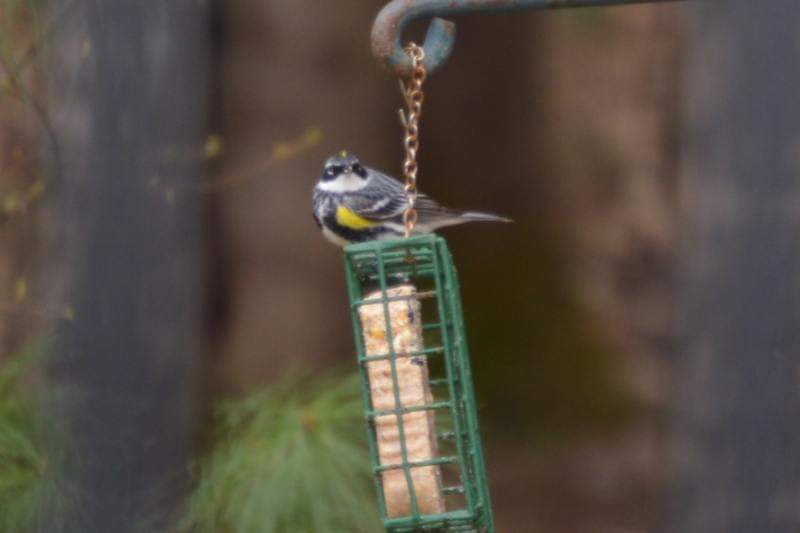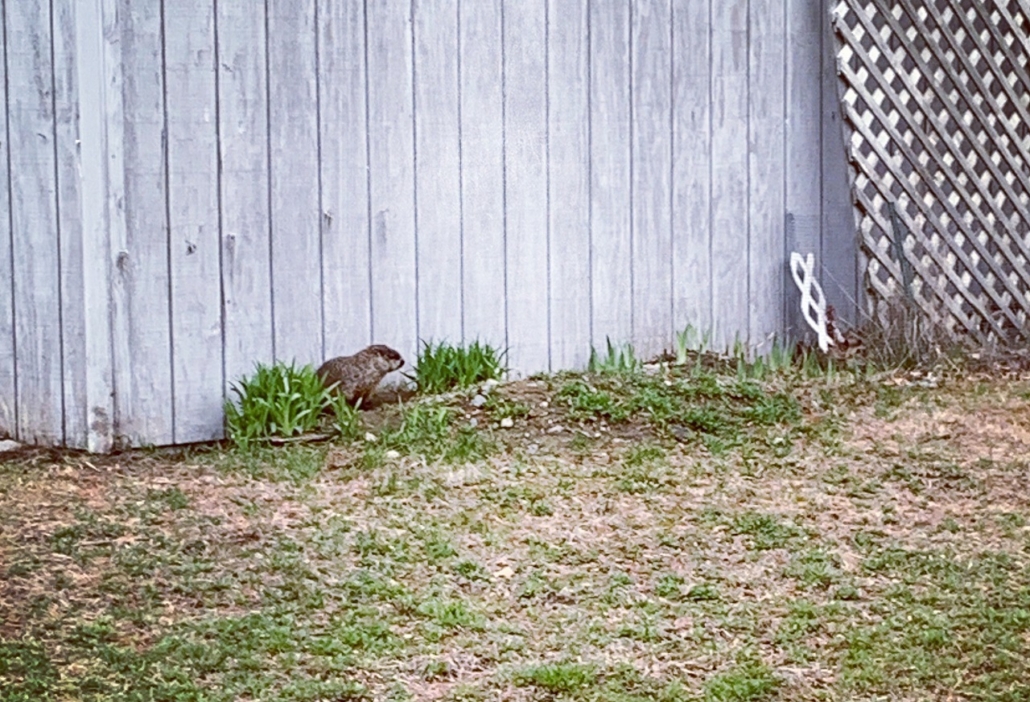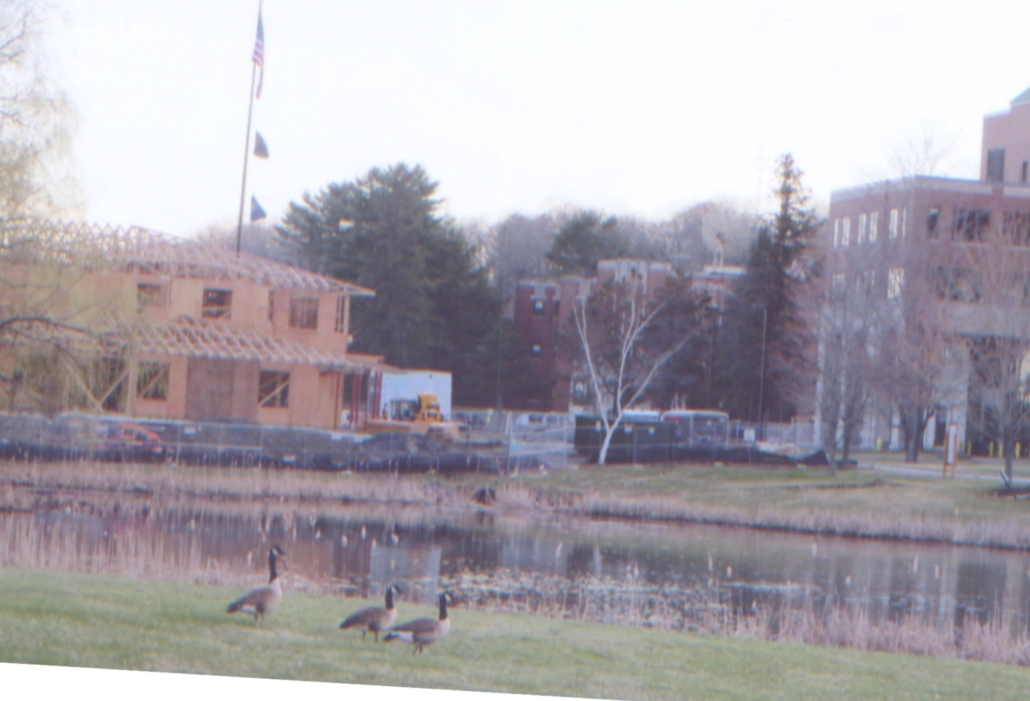OPINION: China firemen do not endorse town’s plans for new emergency services building
 Respectfully submitted by,
Respectfully submitted by,
Chief Dick Morse, South China Volunteer Fire Department,
Chief Tim Theriault, China Village Volunteer Fire Department,
Chief Bill Van Wickler, Weeks Mills Volunteer Fire Department.
To the people of the town of China:
First and foremost thank you all for your continued support. At the June 11, 2019, municipal and RSU #18 election, you will be asked on question 2 to vote on whether or not you want the town to spend $25,000 for an engineering and cost study for an emergency services building and a community building.
The way this proposed project has been presented to the town by the town manager and the select board, by presenting drawings at town meeting and by placing this item on the ballot, has given the impression that this project has been well thought through, and by implication, has the backing of the volunteer fire departments.
This could not be further from the truth. We feel it important to make the residents aware that during several discussions with the town manager and the select board and at two public hearings on the subject, China’s three fire departments have stated unequivocally that they neither need nor want such a building and feel that it would be a waste of the $25,000 to contract for the study since there is absolutely no demonstrated need for an emergency services building.
The China Village VFD has no current plans to move from their station, and if they did they would want to move into a building that they own, not a town-owned building. As we have stated many times, China’s Volunteer Fire Departments are all separate and individual, private nonprofit corporations organized under Maine law and we have no plans to make any changes. As demonstrated by their recent words and actions, the town manager and some members of the current select board appear to want to make changes to this system that has been working very well since at least 1947 and have suggested changes that we cannot agree with. The system we have works very well for the town and there is no need to fix something that is not broken.
By presenting this project in this manner, the town manager and the select board give the impression that we need to start down the road to consolidation or to becoming a municipal fire department. Having had discussions on this topic with the volunteers at each station, we assure you that is the last thing that we would recommend for the town at this time. Such a move would not be a positive change, it would negatively affect membership and would be enormously expensive. Please understand and rest assured that should we have a real need for any major change, the VFDs will not hesitate to come to the town and make it very clear what that change is. This is not that time.
Although supported by the town manager and select board, there was a unanimous vote of ought not to pass by the budget committee and recommendations from the three VFDs not to proceed with this at the budget hearing and budget committee meeting.
We urge you to vote no on this question, thereby telling the town manager and select board that they are not listening and have once again overstepped by putting this on the ballot regardless of the facts.











 (NAPSI)—According to the Centers for Disease Control and Prevention (CDC), health care professionals could save more than 130 lives lost to the opioid epidemic each day.
(NAPSI)—According to the Centers for Disease Control and Prevention (CDC), health care professionals could save more than 130 lives lost to the opioid epidemic each day. by Bob OConnor
by Bob OConnor

